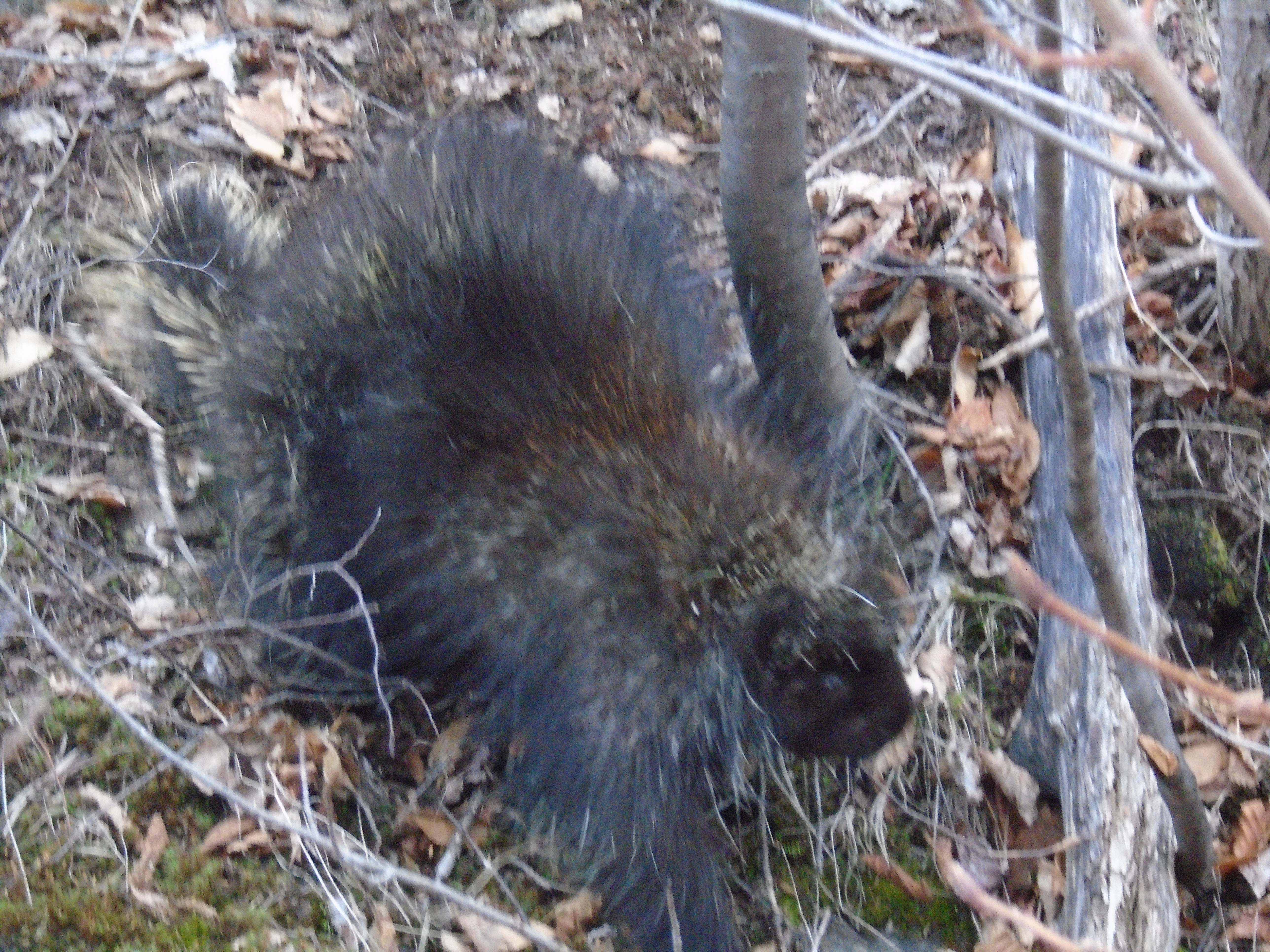PORCUPINE LYME
John Scott and his wife have suffered from Lyme disease for many, many years and they have been actively researching to help keep us better informed. Eleanor Cox, likewise with Lyme, has kept us updated for many years with the Scott’s research.
Most recently the Department of Medicine and Epidemiology, School of Veterinary Medicine, University of California, Davis informs us that adult females of the blacklegged tick have been collected, for the first time, from a North American porcupine near Westport, in eastern Ontario. An injured porcupine was taken to Sandy Pines Wildlife Centre, Napanee where five “partially engorged lxodes scapularis (blacklegged tick) females were collected” by using fine, stainless steel forceps on October 17, 2020. In short, this tick is known to parasitize more than 150 different vertebrate hosts – which now include the porcupine, a new tick-host record in Canada!
Also known as the Canadian porcupine this primarily nocturnal arboreal herbivore is one of the largest members of the rodent family, with a wide distribution throughout continental North America. This ecologically, free-ranging rodent has a home range of up to 28 hectares.
In the spring and summer porcupines feed on berries, seeds, grasses, leaves, roots and stems. In the winter they feed upon the inner bark of trees. They pick up the blood-feeding ticks as they forage among low-lying vegetation. With the exception of Newfoundland and Labrador, the porcupine is found throughout the rest of Canada’s forested areas.
The fact that five ticks were found on this one porcupine indicates that it was a host to mating ticks. Once the female has taken a complete blood meal and mated she will lay her eggs in the spring and start a new generation. This is further evidence that such ticks have an established population in the locality.
The ticks were placed in a 2 mL micro tube containing 94% ethyl alcohol for further study.
